Garlic (Allium sativum) has been a beloved kitchen staple and medicinal herb for thousands of years. Known for its pungent flavor, immune-boosting properties, and countless culinary uses, garlic is also one of the easiest crops you can grow in your home garden. But timing is everything when it comes to planting garlic. While it’s possible to plant in both fall and spring, seasoned gardeners often agree: September is the perfect month to plant garlic.
This timing offers the ideal conditions for establishing strong, healthy bulbs that will reward you with large, flavorful harvests the following summer. Let’s dive into the reasons why September is the golden window for garlic planting, and how you can make the most of it.
1. Garlic Loves the Cool-Season Start
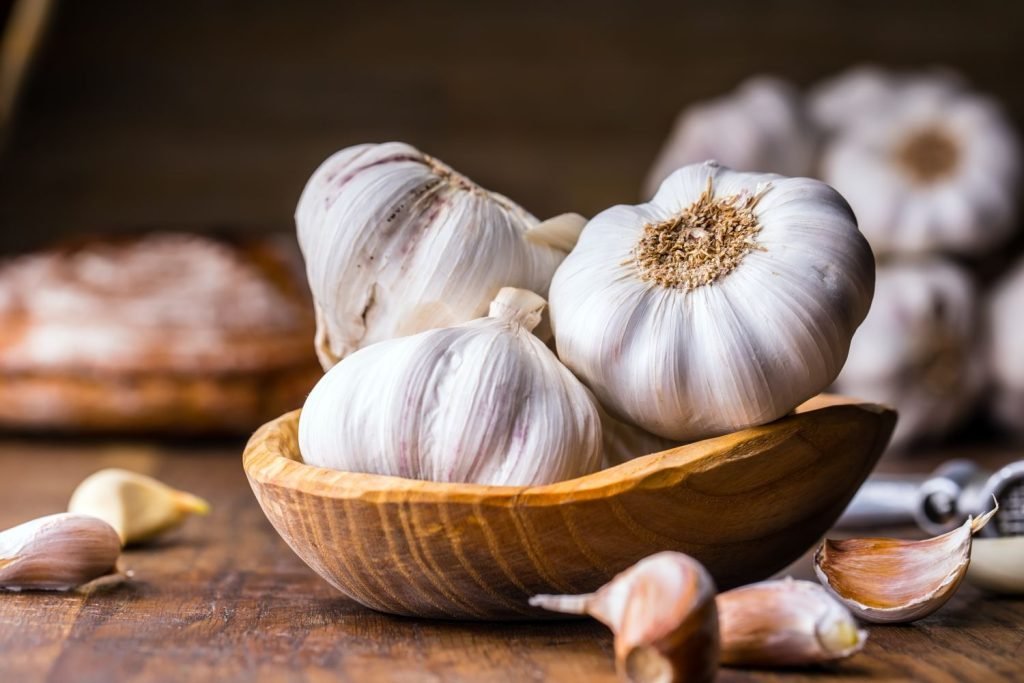
Garlic is a cool-season crop, which means it doesn’t thrive in hot summer soils. Planting in September allows the cloves to benefit from mild autumn weather and consistently cooler soil temperatures.
- Root Development, Not Shoots: When you plant garlic in September, the cloves use the autumn months to grow strong root systems rather than sprouting too much top growth. This foundation is critical for the bulb to thrive during winter dormancy and surge into spring growth.
- Winter Hardiness: Garlic planted early in the fall has time to settle in before the ground freezes. Well-established roots can handle the frost much better than cloves planted too late.
In short, September planting ensures your garlic gets a healthy head start before the challenges of winter set in.
2. The Magic of Cold Exposure
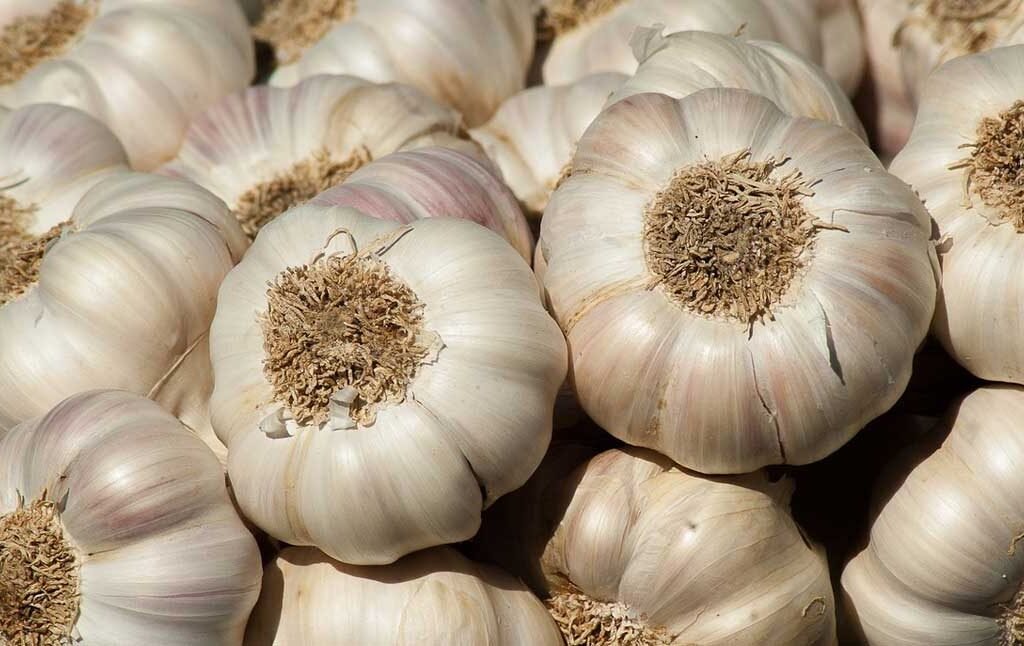
Garlic requires a period of cold weather, also known as vernalization, to trigger bulb formation. Without this cold treatment, garlic may grow but produce small or misshapen bulbs.
- September Planting Advantage: By planting in September, you’re guaranteeing garlic experiences several months of natural cold exposure during the fall and winter.
- Bigger Bulbs: The longer vernalization period encourages the cloves to split into multiple large segments, which results in bigger, more flavorful bulbs when harvested.
- Reliable Harvest: Garlic planted in the fall matures earlier and more predictably the following summer compared to spring-planted garlic.
This chilling period is essential—and September planting locks it in naturally.
3. Garlic Grows Best With a Long Season
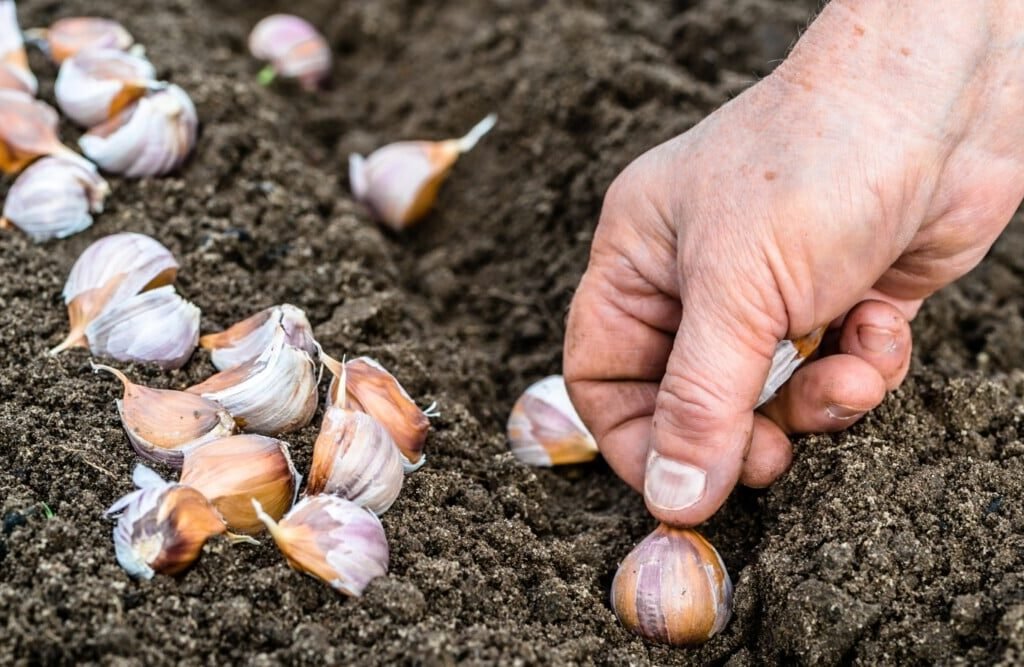
Unlike many garden crops, garlic takes its time. From planting to harvest, garlic typically needs 8–9 months to reach maturity. That’s another reason September is perfect.
- Time to Mature Fully: When planted in September, garlic has the luxury of a full growing season—from rooting in fall, overwintering in dormancy, then pushing out strong green shoots in spring, and finally forming large bulbs by midsummer.
- Earlier Harvests: Garlic planted in September can usually be harvested by late June or early July, just as other summer crops are filling your garden beds.
- Efficient Garden Use: Planting garlic in September keeps your garden productive year-round and gives you a crop to harvest before many summer vegetables are even close to finishing.
September sets the stage for maximum yields without competing heavily with summer crops.
4. September Offers the Right Soil Conditions
Soil plays a critical role in garlic’s success, and September often provides the perfect environment.
- Warm but Cooling Soil: In September, soil is still warm enough to encourage root development but cooling down enough to discourage premature sprouting.
- Moisture Balance: Fall rains and moderate temperatures ensure steady moisture without the extreme heat and dryness of summer.
- Time for Soil Prep: September gives you the opportunity to enrich the soil before planting. Garlic thrives in loose, fertile, well-drained soil enriched with compost or organic matter.
By planting now, you’re working with nature instead of against it.
5. Pest and Disease Advantages
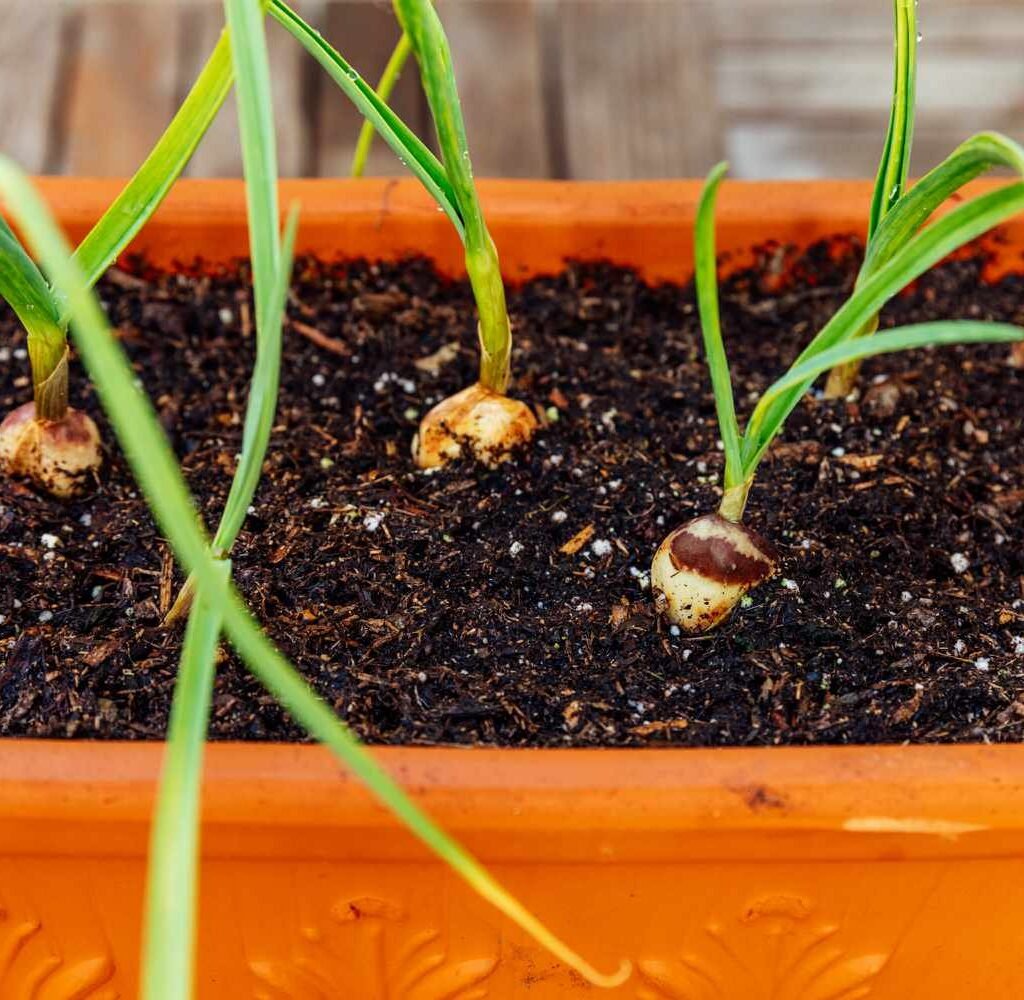
Planting garlic in September also reduces the risk of pest and disease problems.
- Fewer Soil Pests: Many pests are less active in the cooler months, so your cloves have a chance to root undisturbed.
- Weed Control: Garlic planted in September tends to outcompete weeds in spring thanks to its early start, reducing the need for constant weeding.
- Healthier Plants: Strong, well-rooted garlic is naturally more resistant to disease and stress.
Your garlic crop stands a better chance of thriving when it gets an early, stress-free start in the fall.
6. Practical Benefits for Gardeners
Beyond plant science, planting garlic in September simply makes sense for the gardener.
- Fits into Seasonal Rhythm: September is when most gardeners are winding down their summer crops and preparing beds for fall. Planting garlic at this time fits naturally into that schedule.
- Easy Maintenance: Once planted, garlic requires minimal care during the winter months. You just mulch the bed and let nature take its course.
- Rewarding Tradition: Many gardeners enjoy the ritual of planting garlic in fall as a way of “putting the garden to bed” for the season.
It’s a low-effort, high-reward crop that brings satisfaction long after other garden chores have ended.
How to Plant Garlic in September: Step-by-Step
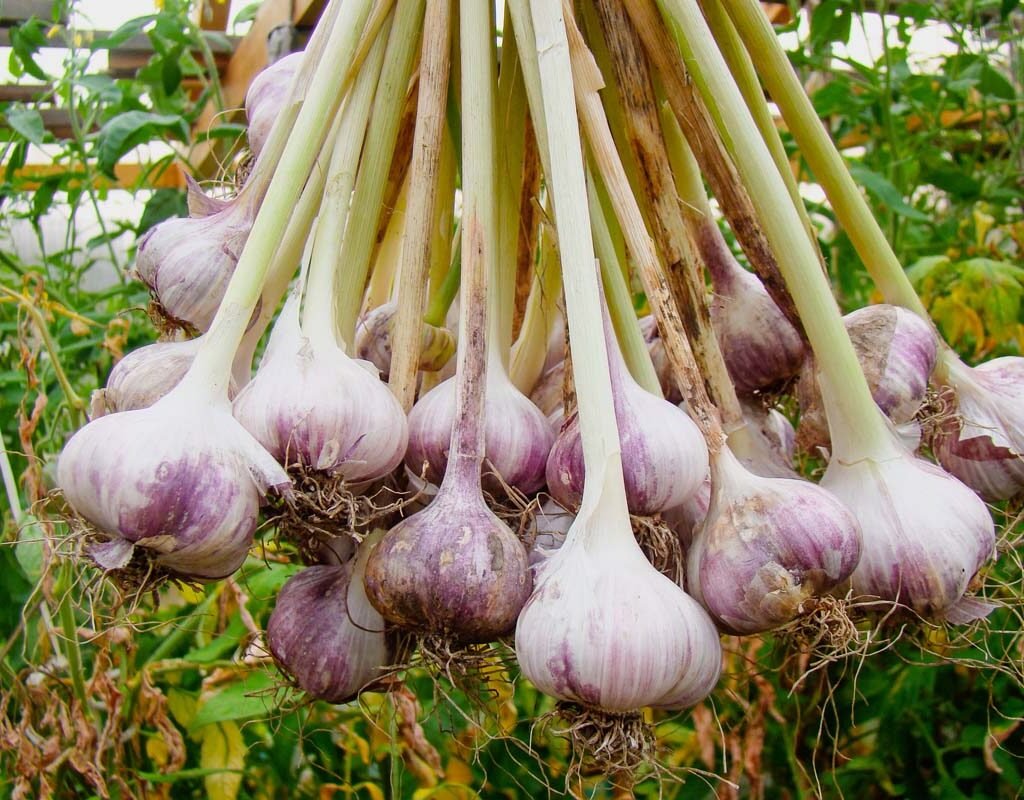
If you’re ready to take advantage of September’s perfect conditions, here’s how to do it:
- Choose the Right Garlic Type
- Hardneck garlic (better for cold climates, stronger flavor, produces scapes).
- Softneck garlic (stores longer, more cloves per bulb, better for milder climates).
- Prepare the Soil
- Loosen soil at least 8–10 inches deep.
- Mix in compost or aged manure for fertility.
- Ensure good drainage—garlic hates soggy soil.
- Break Bulbs Into Cloves
- Just before planting, separate the bulb into individual cloves.
- Keep the papery skin intact for protection.
- Plant Cloves
- Place each clove pointed end up, 2 inches deep, 6 inches apart.
- Rows should be about 12 inches apart.
- Mulch Generously
- Cover with 3–4 inches of straw, shredded leaves, or compost.
- Mulch insulates against cold and suppresses weeds.
- Water Lightly
- Water well after planting to help roots establish.
- Reduce watering once temperatures drop significantly.
By following these steps, you’ll set your garlic up for success and enjoy a bountiful harvest next summer.
Harvesting and Enjoying Your Garlic
If planted in September, your garlic will be ready by early summer the following year. Look for these signs:
- Leaves turning yellow and beginning to dry (but still green at the tips).
- Bulbs plump and well-formed when gently unearthed.
Harvest with care, cure in a dry, well-ventilated area, and store for months of delicious use in your kitchen.
Final Thoughts
Garlic may be simple to grow, but timing is the key to success. September is the perfect month for planting garlic because it gives your crop the cool start, cold exposure, long growing season, and strong foundation it needs to thrive. With minimal effort and a little patience, you’ll be rewarded with a harvest that not only enhances your cooking but also connects you to one of gardening’s oldest and most rewarding traditions.
So, as you prepare your fall garden, don’t forget to set aside a bed for garlic. By planting now, you’re investing in a harvest that will flavor your meals and strengthen your garden’s productivity well into next year.
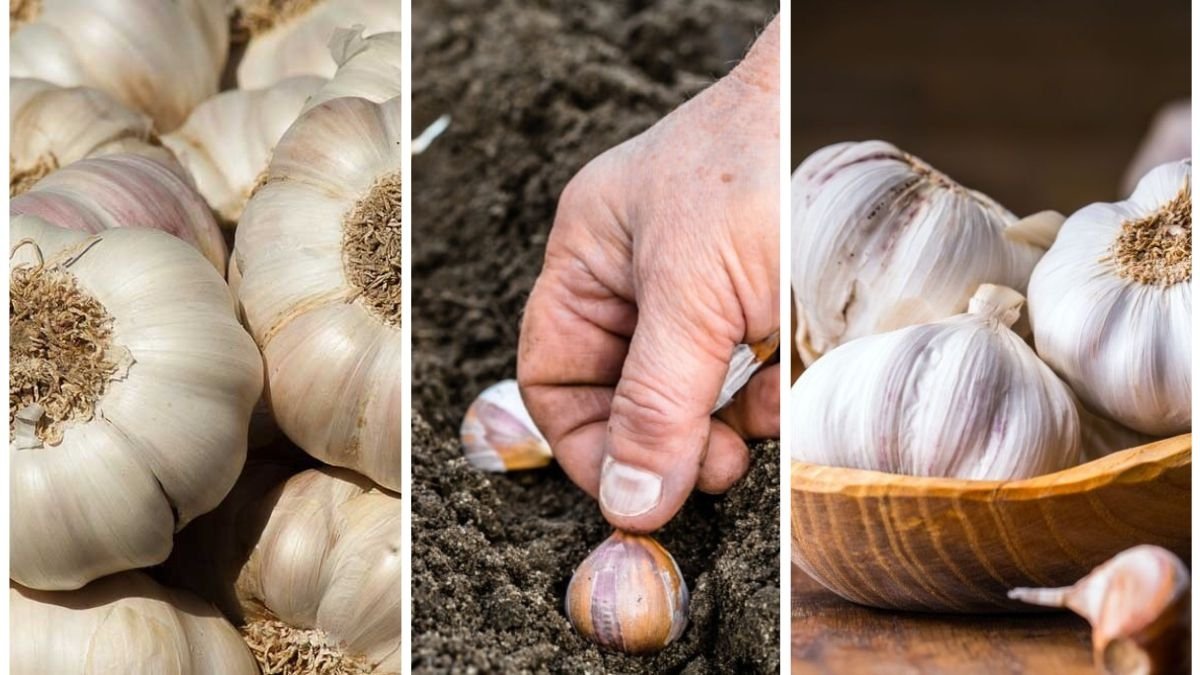
Leave A Comment